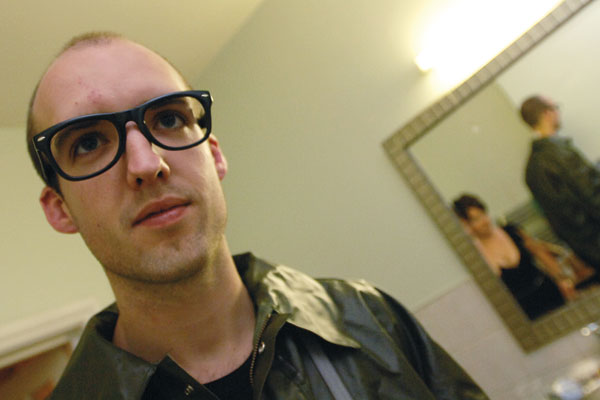Geekology | Issue 7
This small area sits at an anatomical “bottleneck”, in a part of the brain called the hippocampus. This structure receives inputs from all of the bits of the brain which register things from your external environment (vision, smell, sound etc), and if the input is strong enough it will pass the “trace” off to other brain areas and store them as long term memories (it’s really not that simple, but it will work for now). Studying how the DG works is particularly important because of this bottleneck – most, if not all, of the information which will eventually be stored in our long-term memory is at some point passed through the DG.
What Sophie looks at is the individual cells (neurons) within the DG using a technique known as sharp electrophysiology. These cells have a big body (soma), and also have long arms (dendrites) which receive electrical inputs from other cells (like the sense areas I mentioned before). Sophie takes a single DG cell and pokes a tiny glass electrode (about 50 times thinner than a human hair!) through its surface. She then sends electrical impulses into the body of the cell, which will then extend back into the dendrites, and into the parts of the cell which receive the input from the sense areas. Sophie also uses another stimulating electrode to send electrical current down the fibres which go to the DG. What she tests is how the timing between the two stimulations affects the activity of the DG, and hence how long-term memories are made (remember what’s downstream of the DG). This timing relationship may prove to be one of the many mechanisms that underlie long-term memory storage, all of which work together is some additive way.
Sophie’s quest to understand how memories are formed is a critical step in understanding disorders of memory such as Alzheimer’s disease, so we can be better positioned to make decisions about potential treatments. And lest we forget, our very identity is made up of an intricate web of memories – so our journey to understand memory is ultimately a journey into our own selves. Ponder that!
- Robbie Masters



